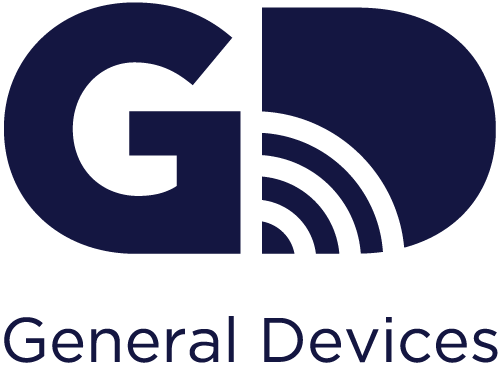Reducing Stroke Treatment Times: Making Every Second Count
Reducing Stroke Treatment Times: Making Every Second Count
5 ways your team can decrease your stroke treatment times
According to the CDC, every 40 seconds, someone in the United States suffers from a stroke. Every four minutes, someone dies of a stroke, contributing to approximately one out of every 20 U.S. deaths per year. With larger ischemic or hemorrhagic strokes, patients are at risk of losing upwards of 2 million brain cells per minute.
Patients who arrive at the emergency department (ED) within the first three hours of their first symptoms, however, do not experience the level of disability three months post-stroke that patients who receive treatment later on do. To reduce disability caused by stroke, as well as death and healthcare costs, streamlined stroke care must be available 24/7. Simply put: when it comes to stroke treatment, every second counts.
In order to improve door-to-needle times for stroke patients, a key performance metric, there are certain best practice strategies that can be implemented according to an AHA article:
- Require Emergency Medical Services (EMS) to notify the hospital in advance of patient arrival
- Establish rapid triage protocol and immediately notify stroke team
- Set up a single-call activation system which allows a central operator to page the entire stroke team at once
- Initiate rapid acquisition of brain imaging and laboratory testing. CT scans should be initiated within 25 minutes of arrival and interpreted within 45 minutes of arrival.
- Provide stroke team with prompt data feedback on the hospital’s door-to-needle times, performance on stroke performance/quality measures and more
Since these recommendations first came out, mobile technology has made these a practical reality.
Mobile telemedicine & telehealth solutions like General Devices’ e-Bridge Mobile Telemedicine App make it easy for EMS and hospitals to meet and exceed best practices for rapid stroke treatment. Right from first medical contact by EMS in the field, features like real-time ETA, team alerting, and remote video assessment offer the metrics and configurability needed to streamline processes to and decrease door-to-needle times aimed at improving outcomes.
In 2018, Alabama’s Southeast Health, a community health system serving residents of southeast Alabama, southwest Georgia and the Florida Panhandle, became a Certified Comprehensive Stroke Center with the help of GD’s telehealth solutions. GD worked with Southeast Health to configure e-Bridge for both stroke and trauma team communications. These teams now receive patient case information, including secure alerts and reports, while the patient is en route. As a result, they are better prepared for patients’ arrivals and treatment times have significantly reduced. Between 2018 when they first adopted GD e-Bridge and 2020, door to physician time has improved by 29%—2.4 minutes. In this same timeframe, door to needle time has improved by 20%—15 minutes.
“e-Bridge always alerts the code stroke team of an incoming patient via EMS, which provides a better clinical picture of the patient,” said Ramona Johnson MSN, ASC-BC, SCRN, RN-BC, Stroke Program Coordinator. “This prepares the entire team to provide focused timely care that our stroke patients deserve.” Additionally, “The GD telehealth app connects the dots for our stroke team and enhances internal communication between team members.”
From improved acute care workflow and quality assurance to and rapid team communication and case management metrics, GD e-Bridge helps you make every second count.
To discuss how you can lessen door-to-needle times and implement best practices for stroke treatment, visit www.general-devices.com/contact.
About GD (General Devices)
GD is a 40+ year Med Tech company that specializes in mobile telemedicine and telehealth that, enables simply smarter patient care by empowering hospitals, EMS, mobile integrated healthcare, community paramedicine and public safety responders with the most comprehensive, highly configurable, and affordable medical team communications solutions. Learn more at general-devices.com.
https://www.ahajournals.org/doi/10.1161/strokeaha.111.621342

